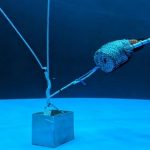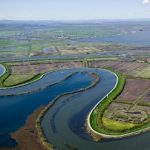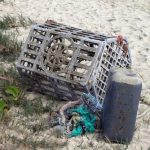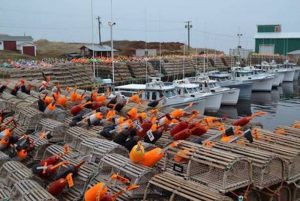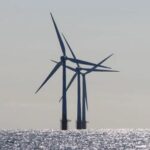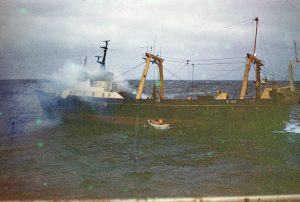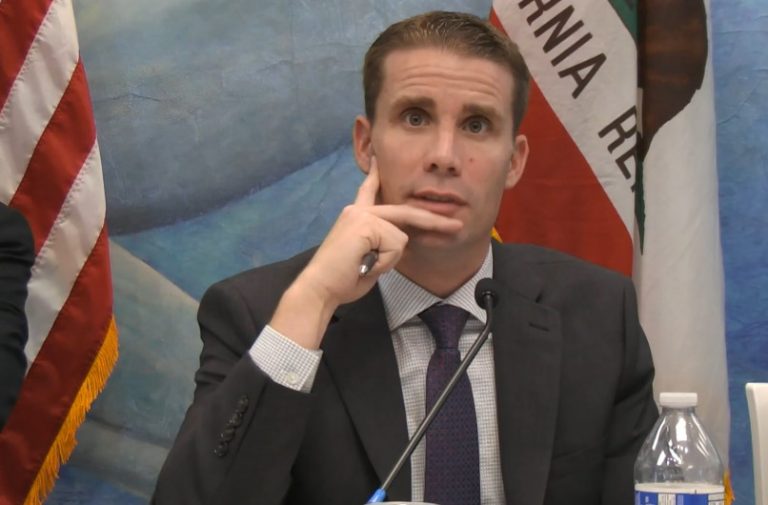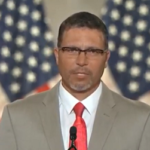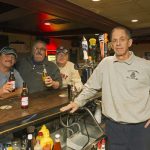FISH-NL calls for independent investigation of ‘epic’ mismanagement of northern cod stock, relationship between DFO and FFAW
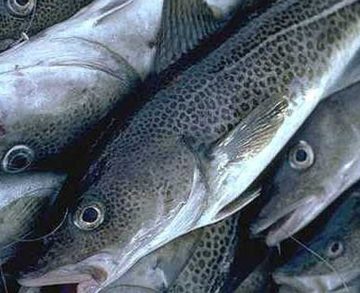
FOR IMMEDIATE RELEASE March 23rd, 2018
The Federation of Independent Sea Harvesters of Newfoundland and Labrador (FISH-NL) says a dramatic decline in northern cod below 1992’s moratorium level reflects “epic” mismanagement that isn’t characteristic of the federal Department of Fisheries and Oceans with other fisheries across Canada.
In that context, FISH-NL recommends Ottawa initiate an immediate, independent investigation of DFO management in the Newfoundland and Labrador region, and, more specifically, the department’s relationship with the FFAW-Unifor.
“Twenty six years after the northern cod moratorium and the iconic northern cod stock is in worse shape, with no rebuilding plan or rebuilding targets, and inshore harvesters who can’t tell the difference between union and manager,” says Ryan Cleary, President of FISH-NL.
“Most all commercial stocks off Newfoundland and Labrador today — including cod, caplin, shrimp, and crab — are on the decline, and the common thread is management or lack thereof,” he adds. “No other commercial fisheries in Canadian history have suffered like those in Newfoundland and Labrador waters, and the reasons for it must be investigated.”
During a technical briefing earlier today on the status of northern cod off Newfoundland’s east coast and Labrador, DFO scientists said not only does the stock remain in the critical zone, but has suffered further decline that’s likely to continue through 2019.
The northern cod spawning stock biomass (which includes mature fish of reproductive age) declined by 126,000 tonnes — from 441,000 tonnes in 2017 to 315,000 tonnes in 2018.
That mark is 65,000 tonnes less than the northern cod spawning biomass recorded in 1992, the year the moratorium on commercial fishing was introduced, which led to the biggest layoff in Canadian history.
DFO scientists estimate 13,000 tonnes of northern cod were landed in 2017, compared to 10,000 tonnes in 2016 (removals from the food fishery aren’t known). Scientists say there’s been an increase in natural mortality, which includes deaths other than fishing (starvation, old age, seals, etc.)
“The inshore harvesters of Newfoundland and Labrador are not the problem,” says Richard Gillett, Vice-President of FISH-NL.
“Seals are one of the biggest problems that has never been addressed. Not only are they eating cod, but they’re eating everything that cod are feeding on. The other problem is mismanagement on the part of DFO and the FFAW. There will be no recovery until both those problems are faced.”
In 2016, the Newfoundland and Labrador Groundfish Industry Development Council (GIDC) — which is made up of the FFAW-Unifor and 10 processing companies, and is at least partially funded by the provincial government — projected the northern cod stock would increase by 30 per cent a year over three years.
The GIDC proposed a northern cod stewardship fishery (which included weekly limits) that was widely condemned by inshore harvesters around the province who complained they weren’t consulted. The proposal was adopted by Ottawa with little or no change, but was only made public months later when FISH-NL obtained a copy.
In 2017, a similar GIDC proposal to increase northern cod landings with an extended season was accepted and implemented by DFO.
Contact: Ryan Cleary 682 4862

































